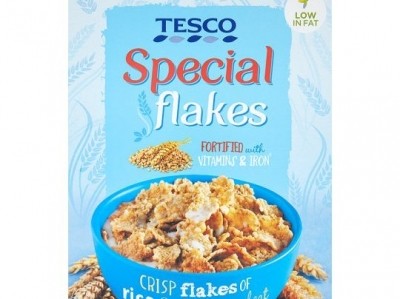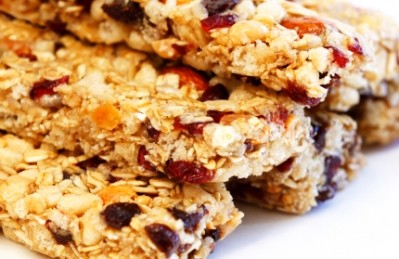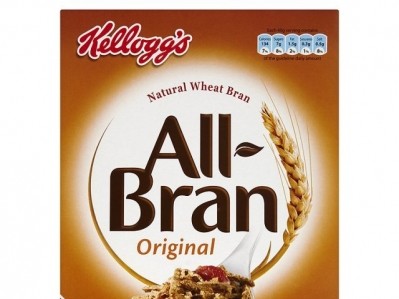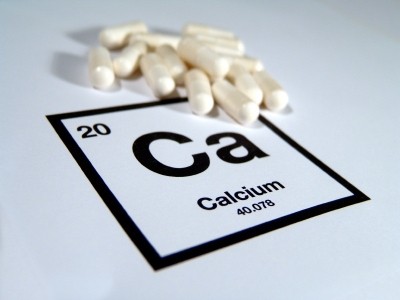Kellogg and General Mills RTE cereals: Sugar, sodium and fiber analysis

Published in the Journal of Procedia Food Science, researchers from the nutrient data laboratory at the US Department of Agriculture (USDA), Kellogg and General Mills looked into the nutritional profiles of cereals in the US between 2005 and 2011.
The study exclusively focused on Kellogg (including Kashi) and General Mills branded RTE cereals because both account for 62% of the US market.
Findings showed that, on the whole, both Kellogg and General Mills have worked to reduce sugar and sodium levels and increase fiber content in their cereals.
Mean levels indicated that between 2005 and 2011 sugar dropped by 10% from 27.5 to 24.8g/100g, sodium fell by 14% from 511 to 438mg/100g and fiber was up 32% from 7.1 to 9.4g/100g.
Hidden rises…
The data on sugar, sodium and fiber levels was achieved by developing mean values on all products between 2005 and 2011. However, in a second part of the study, researchers compared 83 products that existed in both 2005 and 2011 and directly contrasted their nutrient profiles.
“These paired analyses more clearly illustrate the nutrient changes in the companies’ products,” the researchers wrote.
Findings flagged up that, in some cases, sugar and sodium content had actually increased.
Just over one-quarter (28%) of cereals – 18 products in total – recorded an increase in sugar content. The sugar content rose between 0.1 and 4.5g per 100g from 2005 to 2011 – a mean change of 1g.
Data also showed that sodium had increased in 16% of the cereals – 13 products in total – up between 1 to 250mg per 100g; a mean rise of 48mg.
Fiber content also dropped by a mean value of 1g/100g in 16 products (19% of cereals compared).
Of the 83 RTE cereals, 22 products showed no change in sugar content and another 22 had no change in sodium content.
Look at the magnitude…
Overall, over half (52%) of the cereals did reduce sugar content by a mean value of 4.3g per 100g and 58% showed lower sodium content – with reductions around 114mg per 100g.
“The magnitude in reduction was greater than the magnitude in increase. For example, the maximum increase in sugar level was only 4.5g/100g versus a larger maximum decrease of 16.7g/100g,” the researchers wrote.
However, the researchers added that “the reasons for the small increases in sugar and sodium and decreases in fiber are unknown, but may be the result of specific product reformulations.”
Limitations flagged
Researchers said it would be interesting to extend the research to include other national and private label brands, of which there were over 80 in 2011.
They also said the wide range of sugar, fiber and sodium levels among products was another limitation as it impacted the potential for change. “For example, products with very high initial fiber values are probably less likely to increase their level compared to products with very low initial values,” they said.
“Lastly, although most of the changes in nutrient values for breakfast cereals in SR are a result of product reformulations, some of the changes are due to improved food composition data,” they added.
Source: Procedia Food Science 2
Vol 2, 2013, pages 20-26. Published online ahead of print, doi: 10.1016/j.profoo.2013.04.005
“Recent Trends in Ready-to-eat Breakfast Cereals in the US”
Authors: RG. Thomas (USDA), PR. Pehrsson (USDA), JKC. Ahuja (USDA), E. Smieja (General Mills) and KB. Miller (Kellogg)















